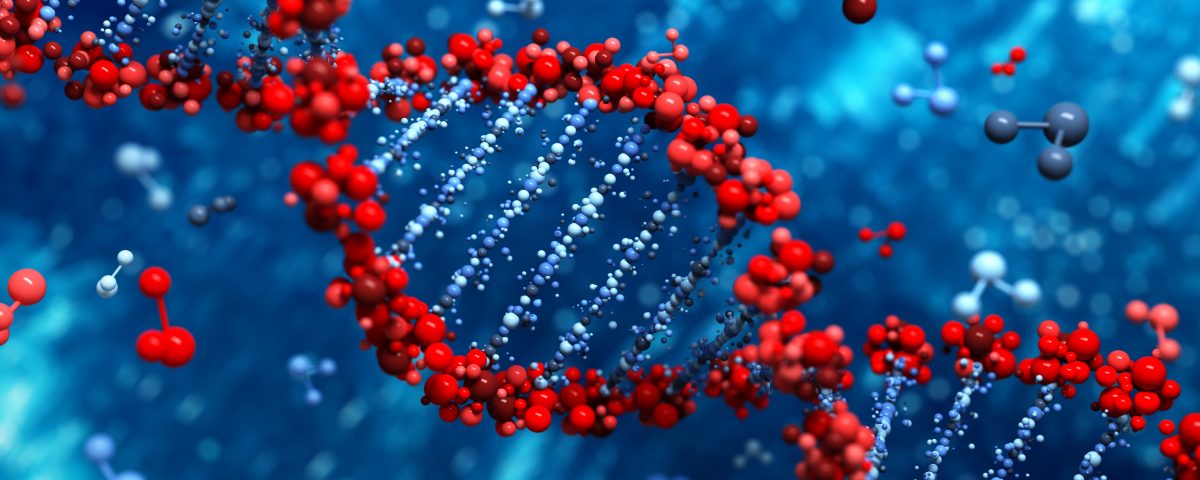
Addiction and Eating Disorders
June 1, 2020
Necessary Skills for New Drivers
June 10, 2020The Nature vs. Nurture Debate
Genetics, early life experiences and environmental factors all play a role in addiction.
“Roughly speaking, 50 percent of the contributors to an addiction risk come from our genes and 50 percent from the environment, so they have pretty much equal weight,” says Baler.
Research shows that drug and alcohol addictions do run in families, but they are not inevitable.
“ Even if you have the worst genetic risk factors from your family, their impact can be counteracted or at least blunted by the right environment,” says Baler. “If you’re in a family with a parental style that sets expectations with support and love and where there is healthy competition and good nutrition and sleep hygiene, and everything else that contributes to the well being of a person, it is much less likely that that person will become a victim of his or her own genes.”
The primary ways kids learn is through example, so if parents make healthy choices and practice moderation in all that they do—drinking, taking prescription drugs, eating, working, exercising and surfing the Internet—kids take notice.
Baler points to several environmental factors that increase a child’s risk of addiction: chronic sleep deficits, peer pressure, stress and poor self-control. Parents should look for signs that their child is struggling or stressed and take time to listen and brainstorm ways to solve any problems.
While you can’t control genetics, you can control the other half of the equation. Creating a loving, nurturing home and modeling healthy behaviors all have a profound influence on the choices kids make.


